The gardens of Armadale Castle: Clan Donald's crumbling, magnificent retreat tucked into a corner of the Isle of Skye
Caroline Donald visits the ancestral home of Clan Donald, Armadale Castle on the Isle of Skye, where the gardens are once again in safe hands and the historic trees will be given a boost with the planting of a new arboretum of endangered conifers. Photographs by Claire Takacs.
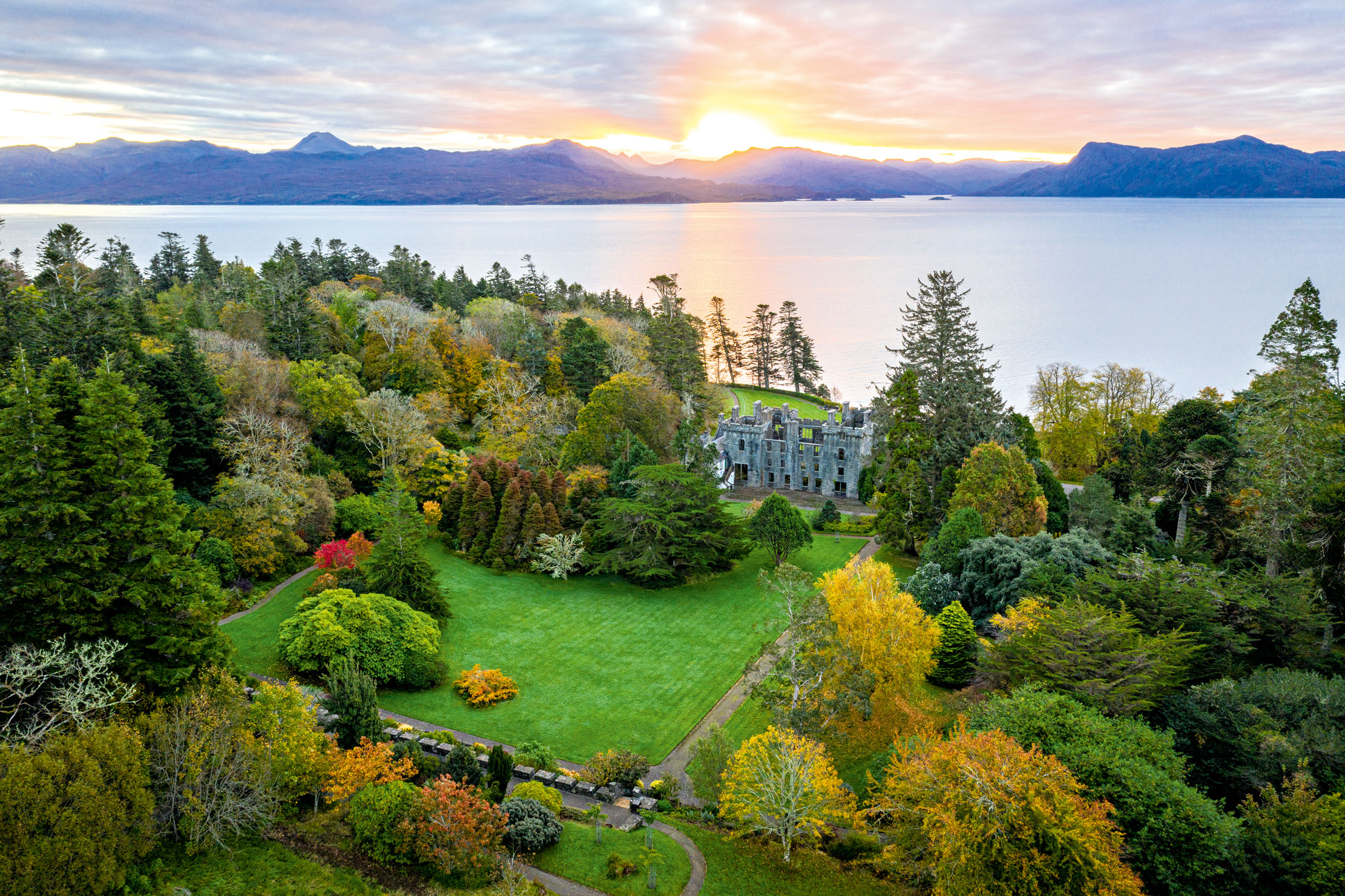
When Andrew Peters first encountered the 40-acre gardens at Armadale Castle on the Sleat peninsula on Skye, he was entranced. He found magnificent specimen trees from the 19th century, as well as woodlands and exotic plants from across the globe. But what made — and still makes — the place remarkable is not so much what is there, but the fact that it is there at all on this rugged Hebridean island.
Tucked into a coastal pocket facing the mainland, not only does the site benefit from the warm air of the Gulf Stream, but it is protected by the lie of the land from the worst of the westerly winds. ‘I love Armadale; it is pretty rare,’ says Mr Peters.
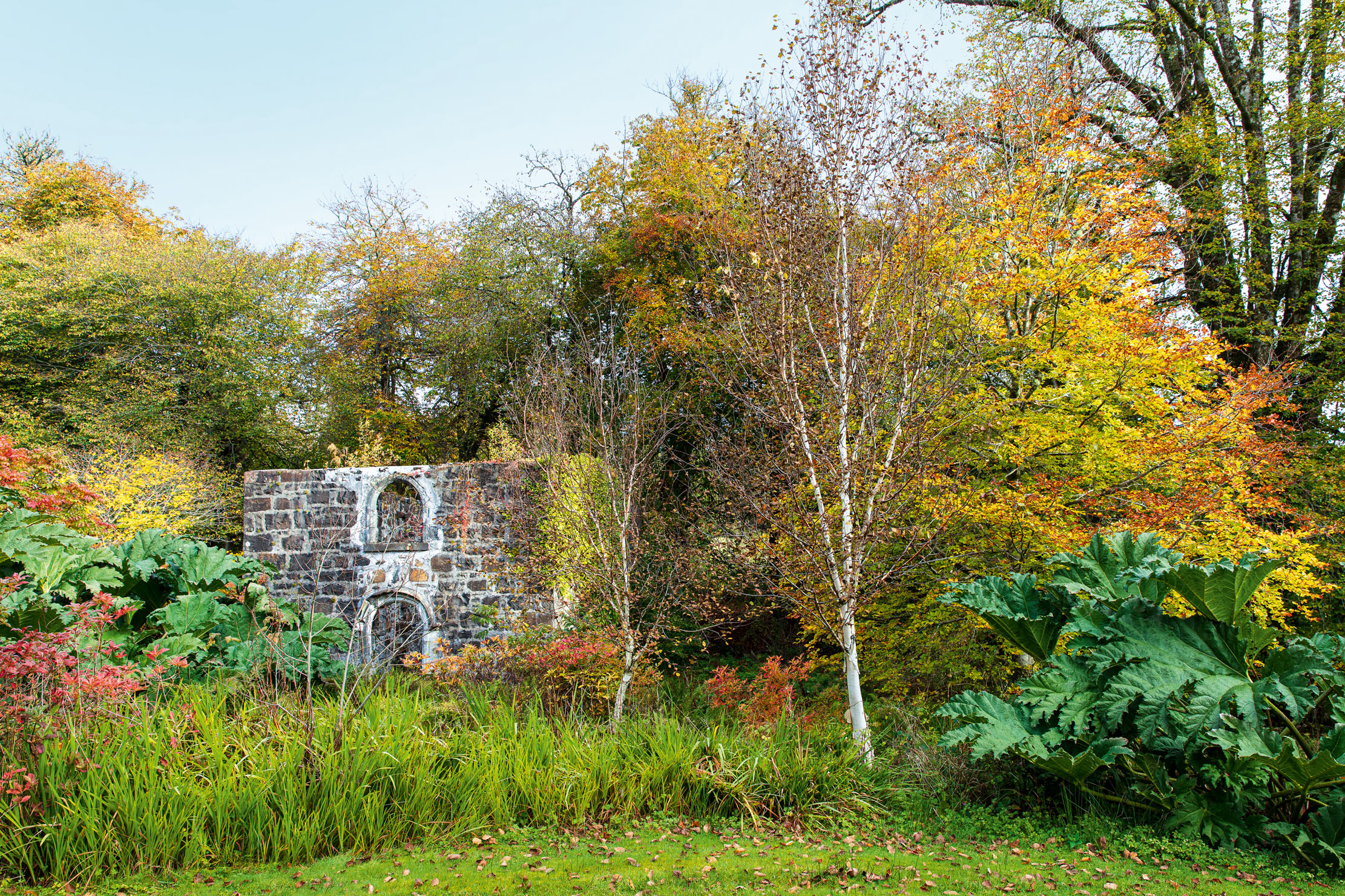
That was back in 1984, when the gardens were enjoying something of a heyday, after the Clan Donald Lands Trust had stepped in to buy the castle and 22,000 acres of the once vast estate belonging to the Macdonald family just over a decade earlier, bringing a timely injection of cash. But brambles, disease and invasive plants, such as montbretia and Rhododendron ponticum, don’t wait for permission to take over and, having watched the gardens slip into a genteel decline over the past 20 years or so, when, much later, Mr Peters spotted an advertisement for a ‘project gardener’, he saw it as a chance to re-energise them and make them worthy of international recognition.
He got the job and has been Armadale’s garden consultant since January 2019. Among his plans is a new arboretum that will be planted in existing woodland, as part of the International Conifer Conservation Programme (ICCP), co-ordinated by his friend Martin Gardner. The project collects seeds of endangered species and grows them on to be replanted in various gardens so that, if the conifers are lost in the wild, there will be a resource from which to reintroduce them. ‘We are getting about 140,’ says Mr Peters, ‘together with 60 various plants from Chile. I don’t leap about, but I am genuinely excited.’
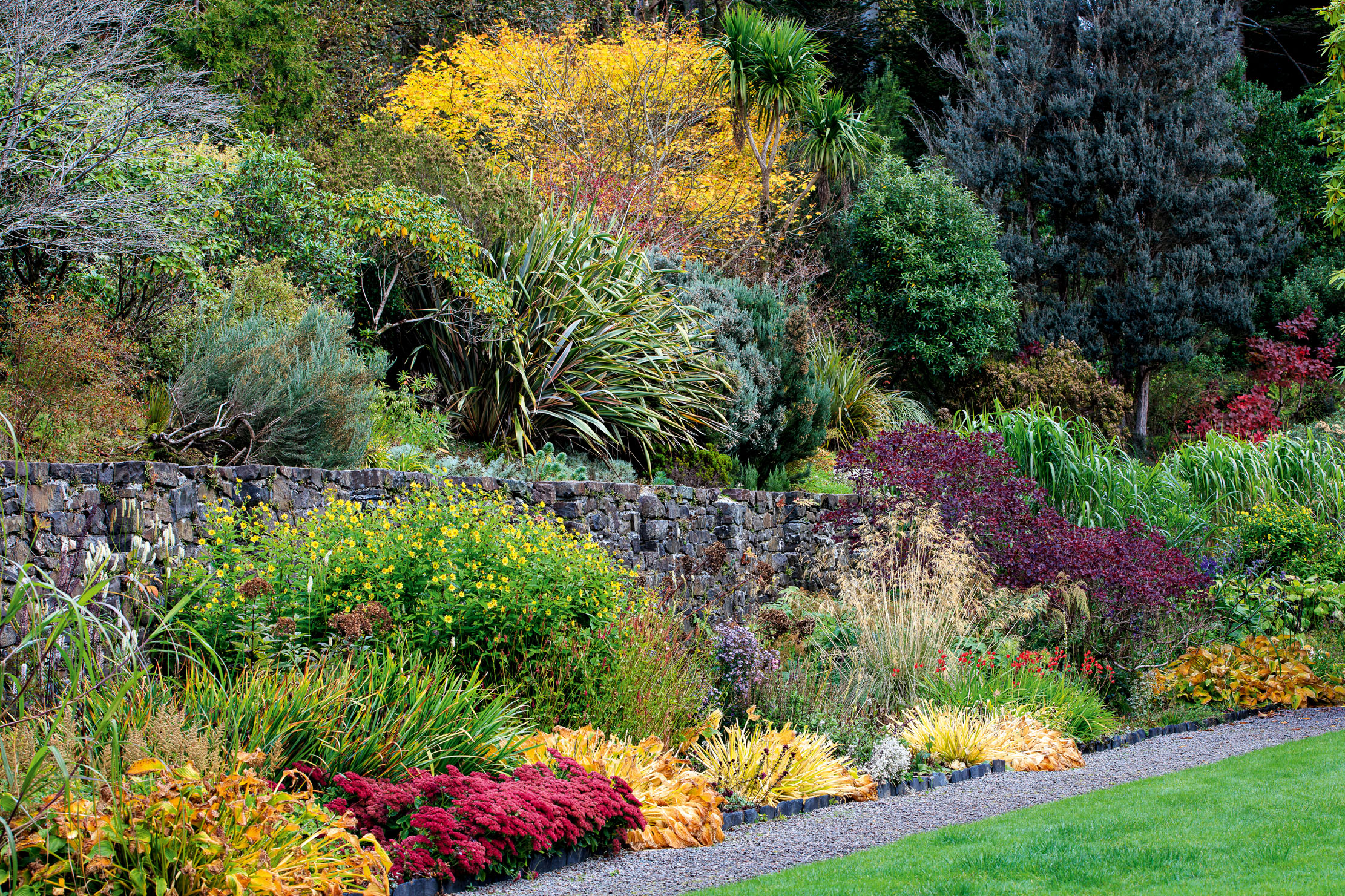
Conifers already have a fine tradition here, as the Victorian gardeners had the foresight to plant silver firs (Abies alba) as a shelterbelt; they now reach some 80ft or more and their distinctive forms can be spotted from 20 miles away. In some gardens, tons of Irish topsoil were imported to make a comfortable home for specimen trees, but, so far, Mr Peters has not confirmed this was done for Armadale’s monkey puzzles, Monterey cypruses and magnificent (now prostrate) Japanese cedar.
The castle itself — on the austere side and now a roofless ruin — was largely built on the site of an older house designed by James Gillespie Graham for the 2nd Baron Macdonald.
‘Historically, it is not that important; it was a badly built house of 1815, from the time following the Jacobite uprisings, the product of the Anglicisation of the powerful Highland chiefs,’ admits Godfrey, the 8th Lord Macdonald of Sleat. He is the 34th hereditary high chief of Clan Donald and talks on a bench overlooking the Sound of Sleat, with dachshunds perched on his knees and those of his wife, Claire, a renowned cook and writer.
Exquisite houses, the beauty of Nature, and how to get the most from your life, straight to your inbox.
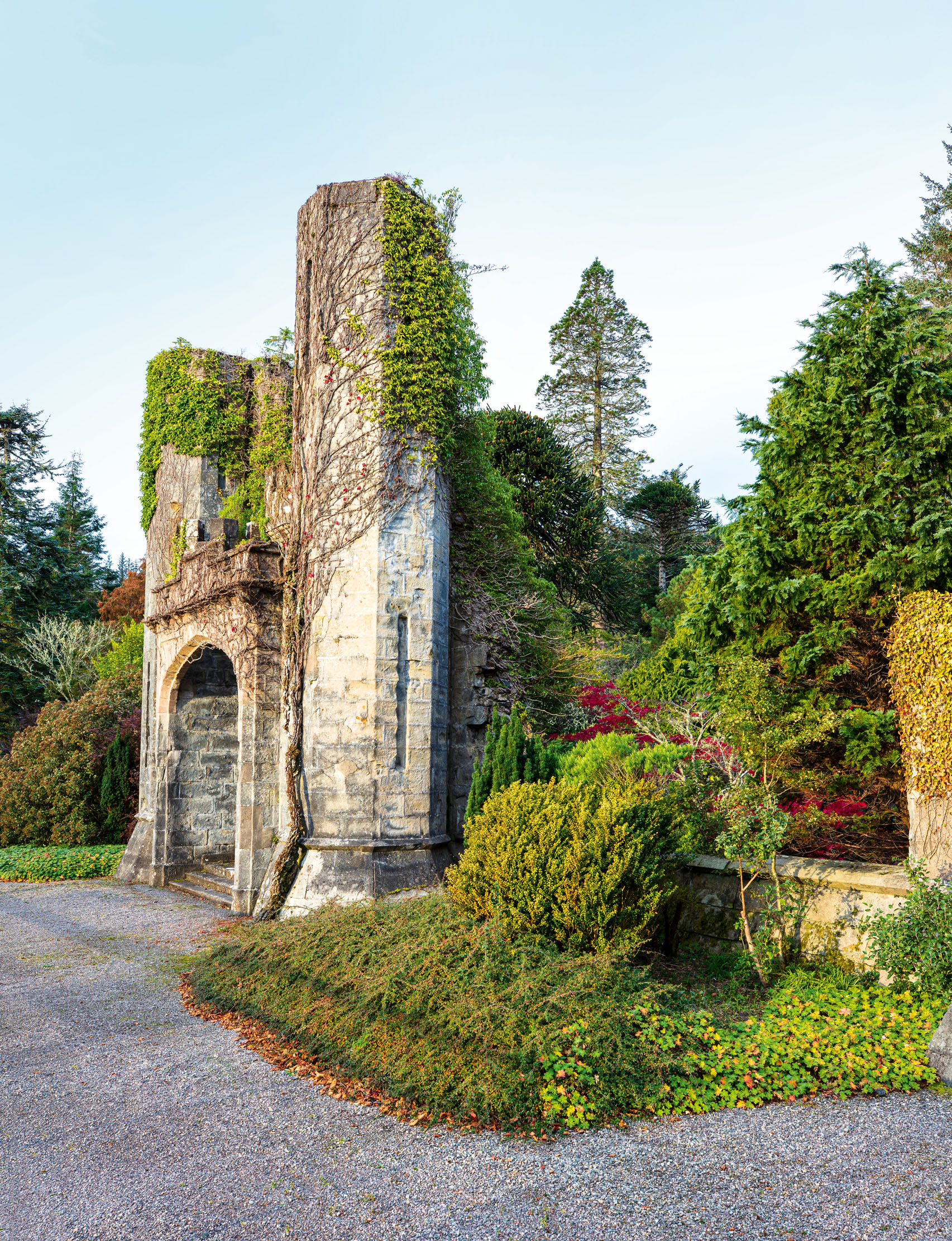
Having lived for many years at Kinloch Lodge on the estate, running it as a world-famous hotel, Lord and Lady Macdonald have now passed the business on to their daughter, Isabella, and live a few miles away. Lord Macdonald’s father, Alexander, was born at Armadale, but his great-grandfather Ronald was still in residence by the time Alexander married, so the younger family decamped to Ostaig, a house on the estate three miles away.
Ronald, although ill for much of his life and not using the castle, lived until 1947. Three of his sons, including the present Lord Macdonald’s grandfather, were killed in the First World War (the fourth had died in the Boer War) and the estate was administered by trustees, ‘so nobody really took the interest that was necessary in maintaining the fabric,’ explains Lord Macdonald.
In his youth, he would visit on high days and holidays. ‘I remember the walled garden. We had peaches and grapes and other things. Like everything else here, however, it fell into disrepair. When a gardener retired, he wasn’t replaced, and so on.’
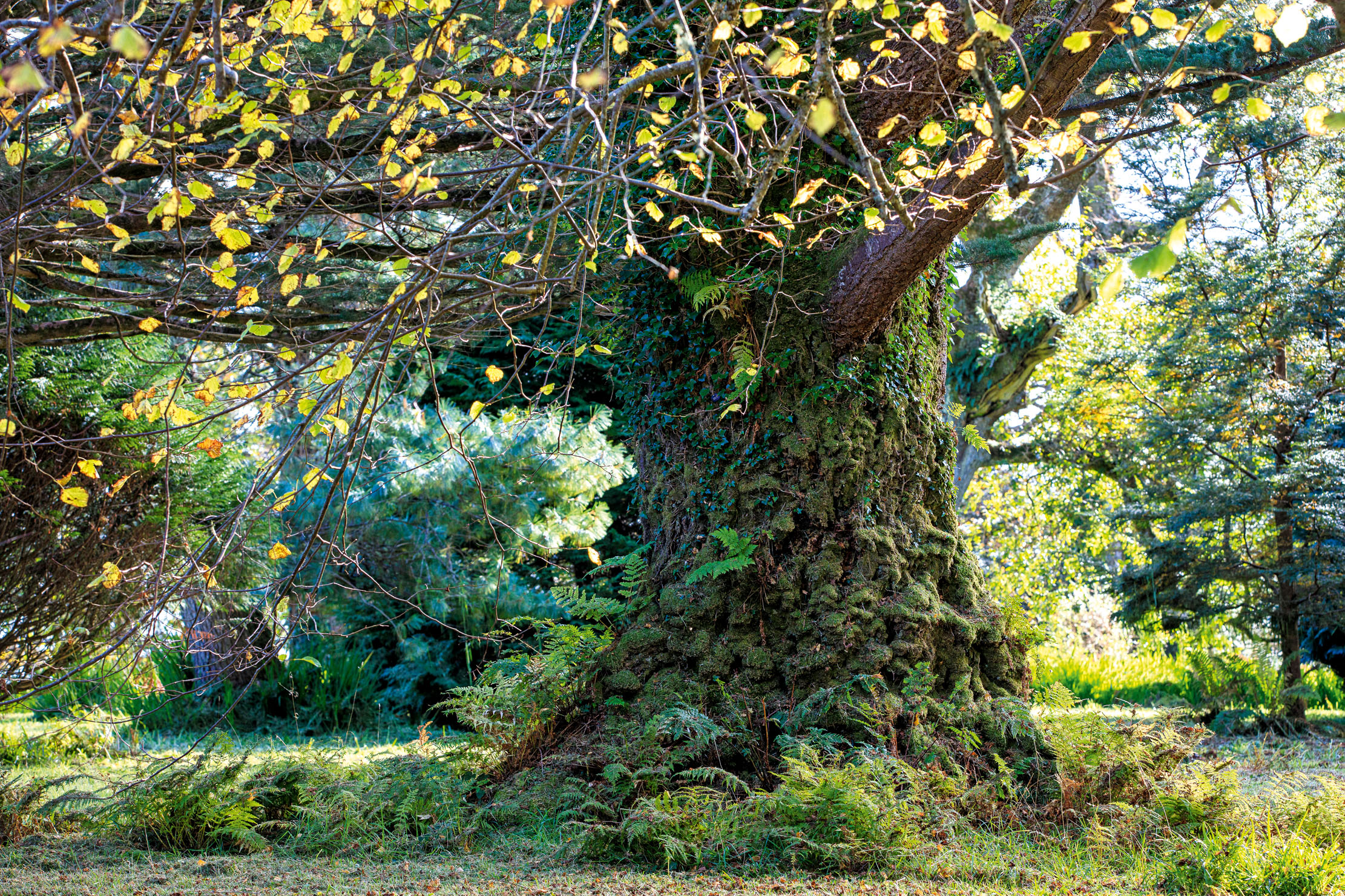
After Ronald’s death, a housekeeper would still draw the curtains, light the fires and air the house, although nobody lived in the castle. Within three years of her retirement in the 1960s, the place had become a ruin. ‘Dry rot went through it like a dose of salts and that was the way it was when my father died in the 1970s,’ remembers Lord Macdonald.
Former clan chiefs may have enjoyed the benefits of an English education, but that did not mean they learnt financial acumen. ‘Looking back at the estate records of my father’s day, it lost money every year.’ By the time the present Lord and Lady Macdonald took over, the piggy bank was empty.
‘Due largely to death duties and other honourable debts the family had acquired over the years, the bulk of the estate was sold.’ Encouraged by prominent members of the clan, the couple packed their tartan outfits and set off for America to raise funds for a trust that was set up 50 years ago. The day, to an extent, was saved.
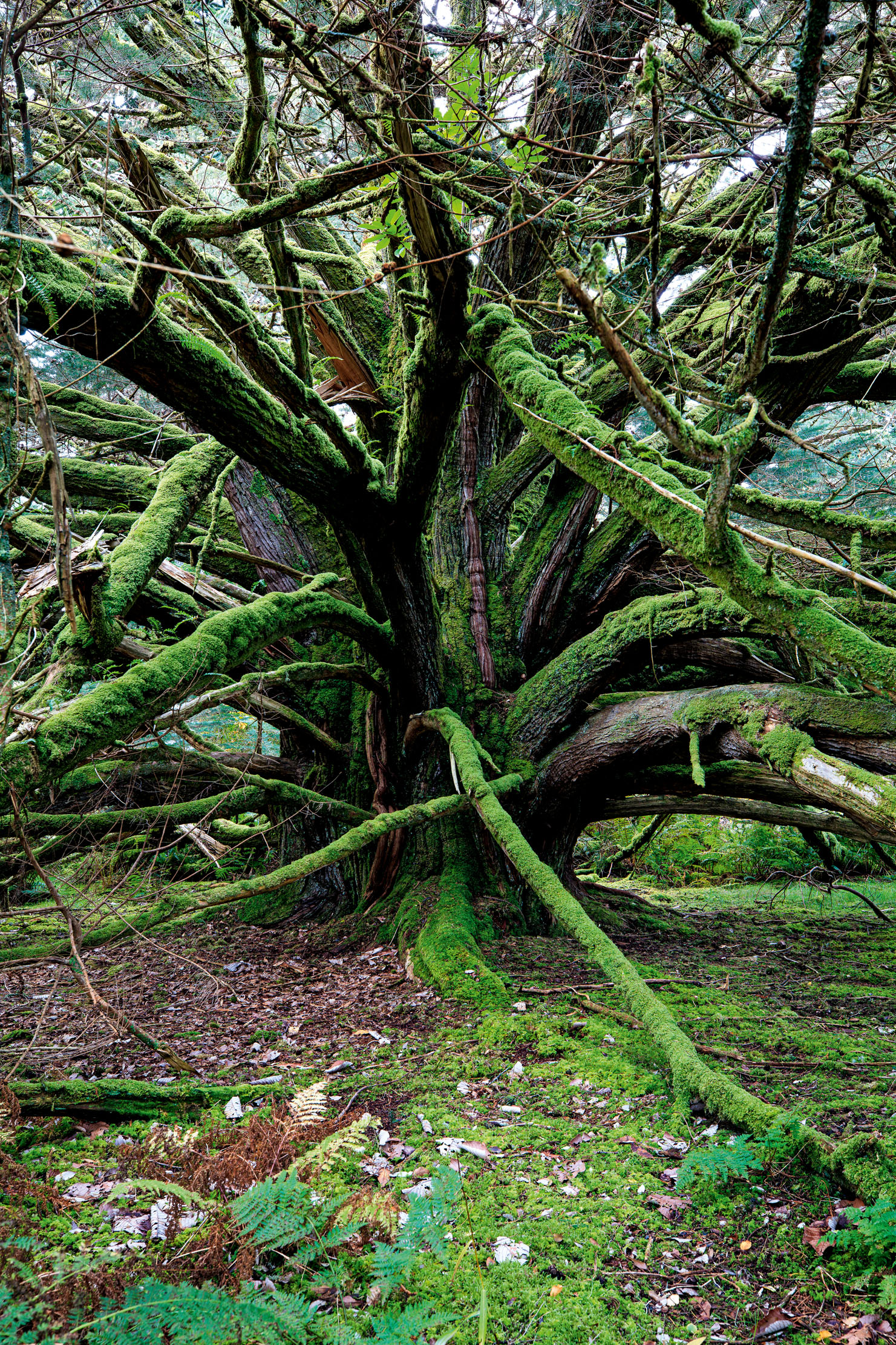
Today, there is little to remind one that there was once a walled garden, apart from a large clearing in the woodland and a hint of a wall. However, Mr Peters has great plans for this space — once he has eradicated the Japanese knotweed.
There will be a wildflower meadow, with grass rides cut through it, an orchard of Scottish apples and, perhaps, some allotments for locals to use. ‘Long term, it would be wonderful to reinstate it.’
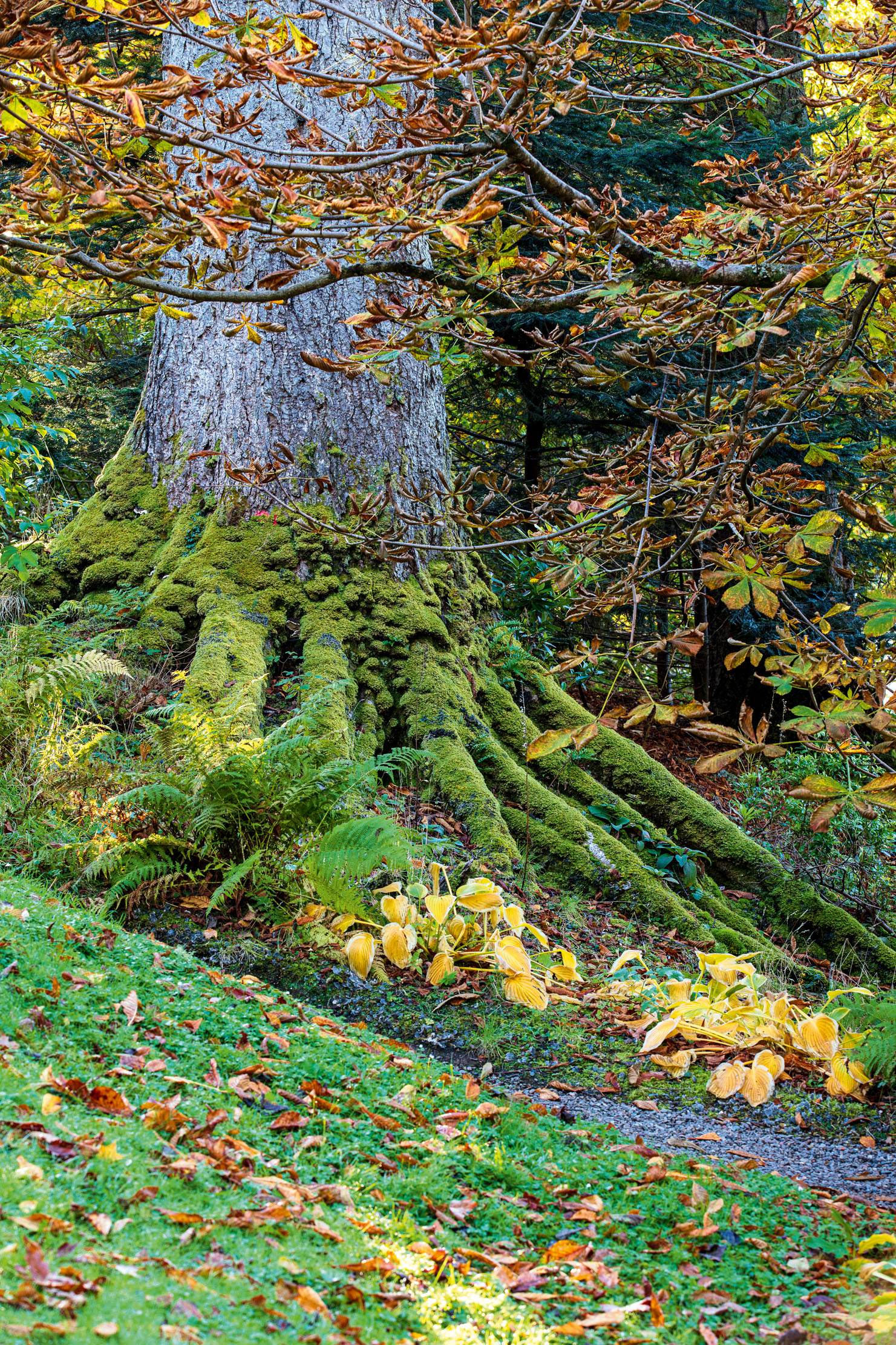
Mr Peters also wants to make an online catalogue of all the trees. ‘If we get something electronic, we can start to communicate to Macdonalds right around the globe,’ he says. Together with the garden and estate teams, plus volunteers, he is determined to bring the gardens back to their former glory and beyond. ‘I thought: “I am 61 years old; I promise to give them all my energy until I retire” — and that is what I am doing.’
Armadale Castle, Gardens and Museum of the Isles, Isle of Skye is open until November — see www.armadalecastle.com for details and times. A 20% discount is on offer for visiting both Armadale and Attadale, near Strathcarron, within two weeks.
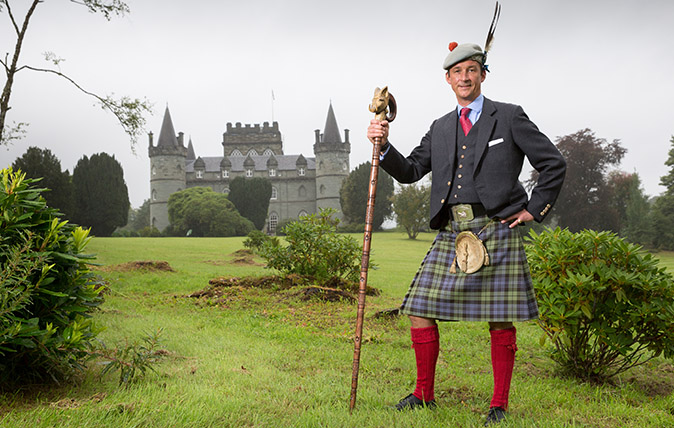
The life of a 21st century Highland clan chief, from managing 60,000 acres to manning the tills at the gift shop
Their family histories are full of heads on spikes and villages being razed to the ground, but modern Highland clan

Bealach na Bà, on the Applecross peninsula: Travelling the steepest road in Britain
Bealach na Bà is as unforgettable and beautiful as it is nerve wracking.
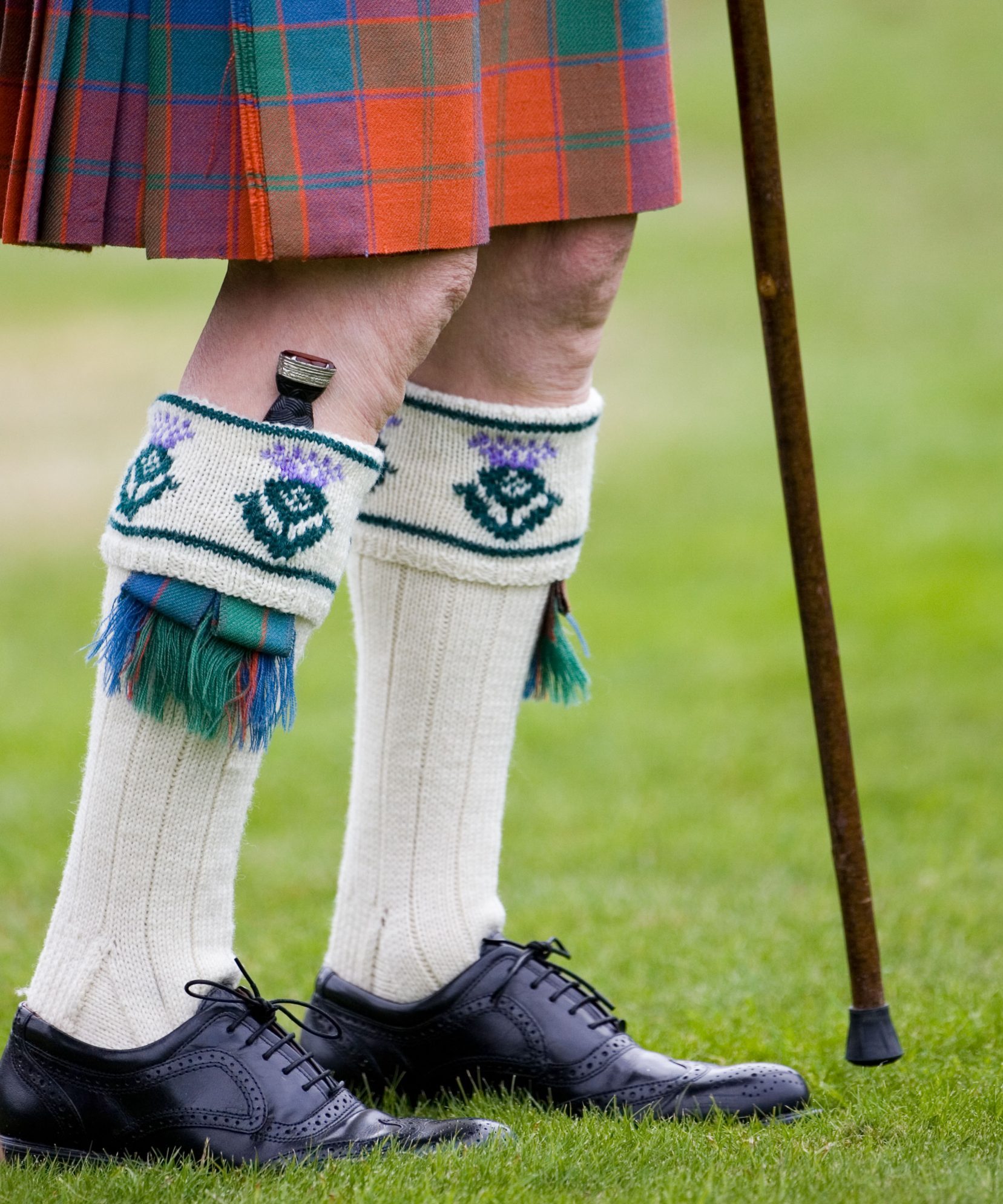
Curious Questions: Why do Scots carry sgian-dubhs with their kilts when donning traditional dress?
Once essential elements of every brave Highlander’s armoury, deadly dirks and sgian-dubhs provided protection against foes, the elfin race and

Credit: Highland Games (Getty)
The Highland Games: Dancing, bagpipes and giant men in kilts since 1314
In her 1931 novel Highland Fling, Nancy Mitford described the Highland games at Invertochie as ‘an extraordinary spectacle of apparently
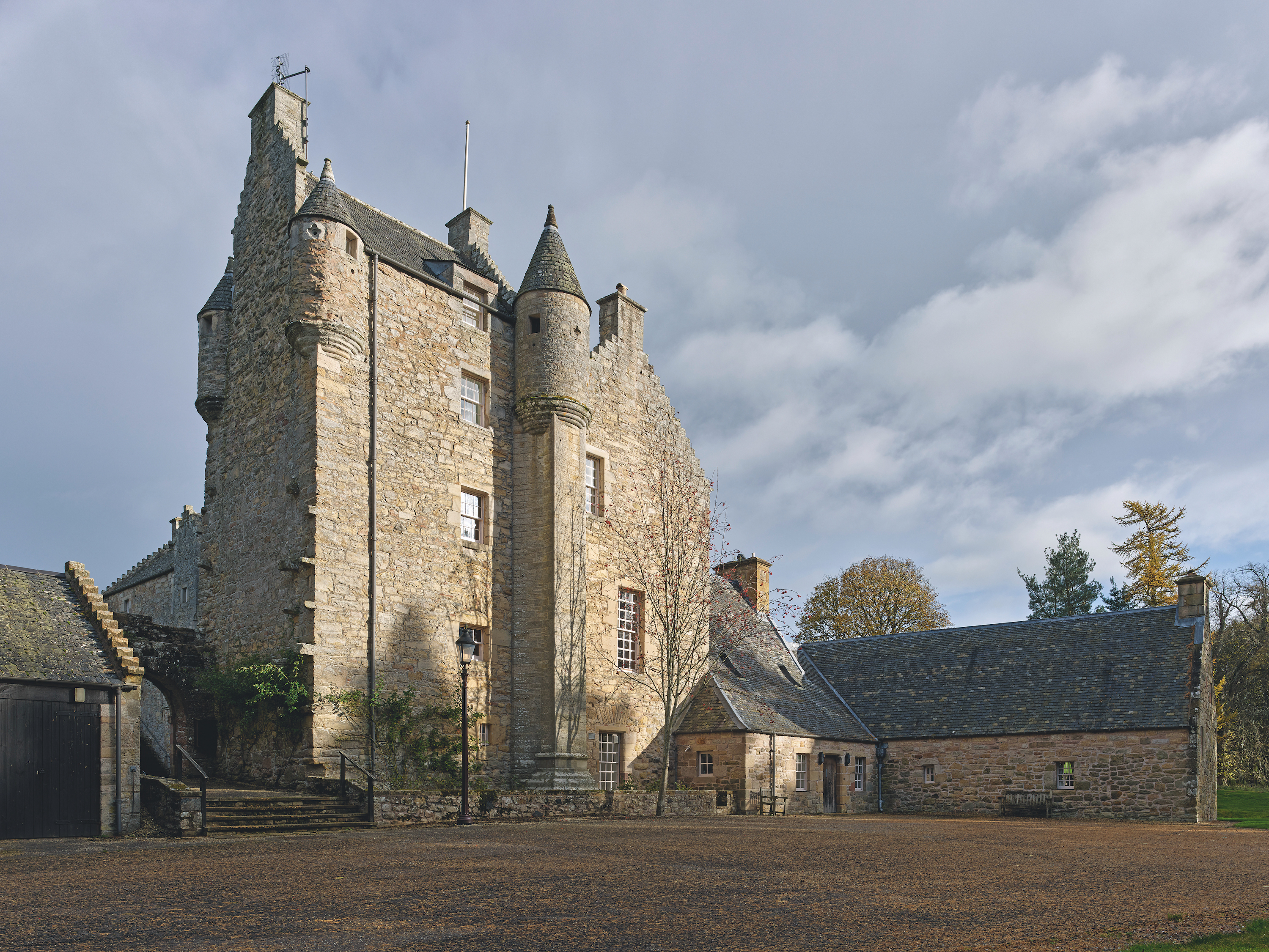
Ferniehirst Castle: The castle designed specifically for left-handed people
Rebuilt in 1598, this delightful Borders castle was revived by bursts of sensitive restoration in the 19th and 20th centuries,